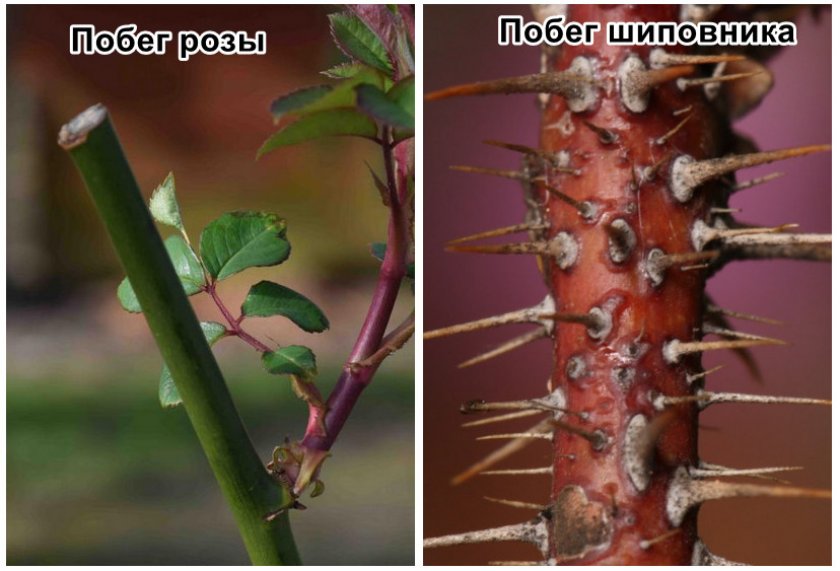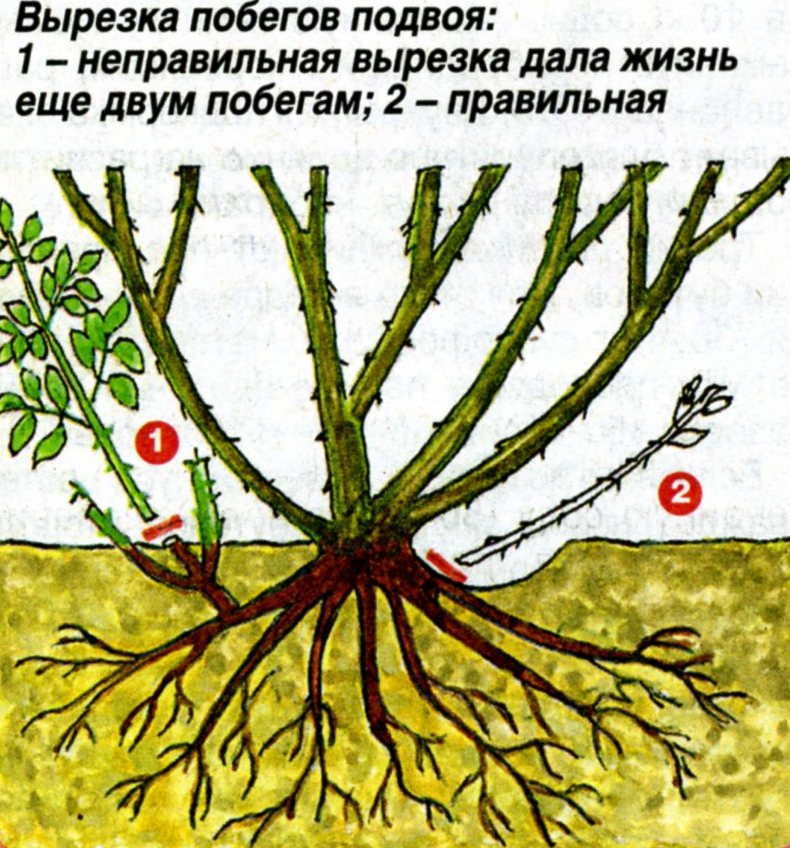How many leaves should a rose have
Content:
Roses are one of the most beautiful flowers. They are grown both in private plots and in ordinary apartments. For beginners who first encountered the family, the important question is how many leaves the rose should have and how to distinguish it from the wild.
How many leaves should a rose have
Experienced gardeners are sure that the correct answer to the question of how many leaves a rose has is 5 pieces. Only rose hips can have a larger amount. This opinion appeared at a time when the number of varieties was rather limited.
Today, there are at least 30 thousand types of roses in the world, and many new varieties appear every year. They can have 3, 5, 7, 9, 11, 13 leaf plates. The number does not indicate that the bush belongs to a garden or wild culture.
Differences between a climbing rose and a simple and bushy variety of roses
During the growing season, it is difficult to confuse bush, standard, simple and climbing roses. Its characteristic features include:
- a climbing rose has 7 leaves;
- shoots reach 3 to 5 m;
- the crown is spreading, the branches are distinguished by increased flexibility, they easily fit into the shelter before wintering;
- leaf plates are painted in dark green tones;
- the plant needs support.
A simple recount of the leaves does nothing; when buying a seedling, special attention should be paid to the place where the stems and roots grow together. Almost all young growth from bush and ordinary representatives is obtained by vaccination. The cultured kidney is planted:
- on rose hips - budding;
- on the stock of a wild relative - copulation.
At the junction - in the area of the root collar, a thickening is formed. According to it, the definition of the variety and belonging to the curly or ordinary subspecies is carried out.
Variants that can trail reproduce by cuttings and layering. They are classified as self-rooted - there is no additional growth in the zone of the root collar in climbing roses. Vaccinations in such varieties are only if necessary, if this is required by the peculiarities of the breeding origin.
Such knowledge is needed for novice florists. In a nursery or agricultural complex, young growth is sold in containers with open or closed root systems, and a wax layer is applied to the branches. When purchasing, you need to look closely at the root collar, if the plant should curl, then it will not have extraneous growths in the indicated area. The advantage of climbing species is the absence of secondary wild growth and the impossibility of gradual rebirth.
How to distinguish a rose from a wild rose
Both options are considered close relatives:
- Rosehip is able to take root in various conditions and is characterized by a high level of endurance. Heat and severe frosts do not strike him, by nature he has powerful roots, he does not need pruning or feeding. The root system independently provides the bushes with the necessary nutrients, extracting them directly from the soil.
- The rose is tender and capricious, it blooms only with proper care.By the number of leaves, it is easy to distinguish between domestic and wild brethren.
The main signs that help to recognize them include:
- The branches of pink shrubs have a reddish tint, over time, the shoots turn green. Rose hips have initially greenish shoots, which are thrown away from the roots, and in a rose they appear above the point of contact between the root system and the stem.
- The thorns of the cultivated variety are rarely growing, large thorns. "Wild" shrub has small, sharp and thin thorns.
- The rose bushes are adorned with bright and glossy leaf blades. In rose hips, they are smaller, roundings are clearly visible at the tip.
Which roses have 7 leaves
Long-term selection made it possible to improve the quality characteristics of roses. The process continues to this day in nurseries and institutes, which makes it possible to obtain new varieties. But the work done could not completely change the gene pool and regularly the plant has a non-standard number of foliage.
How many leaves does a climbing rose have? Polka and Flammentants each have 7 leaves. A similar amount is found in park ground cover species. These include Lipstick and Kleinstrauchroz. The same is true for the Pilgrim Floribund. Their decorativeness does not suffer from the number of plates. The five-leafed subspecies include Monica, Flamingo and Paradise.
What to do if a rose degenerates into a rosehip
The gradual wildness of a varietal plant discourages any gardener. Such an anomaly is observed in grafted variations when a weak culture is attached to a strong base. In this situation, the root system throws out its own shoots, and if the problem is not dealt with, the scion quickly dies.
The emerging branch of a green shade is distinguished by increased thorniness and 7 leaf plates on the petiole. It rapidly develops and grows stronger, after a few months it thickens and grows up to 1.5 m.
You can prevent an unpleasant phenomenon when buying a seedling - they should be purchased in proven places. The rootstock should not have live growth buds. The risk of degeneration can be reduced if the root collar is initially buried on the shovel's bayonet when landing, rather than 5 or 7 cm.
When an extraneous overgrowth appears, the following measures are taken:
- In the area where the shoot appears, you need to remove the soil in order to get to the root system. This approach will help determine the area of growth of the wild.
- Cut off the wild process with a secateurs. The cut should be deep, covering part of the root.
- The cutting site must be disinfected with an iodine solution, the soil must be leveled and compacted in the near-stem part.
- After three days, spray the entire plant, including leaf plates, with a water-superphosphate mixture (50 g per 1 liter of heated liquid, the composition is additionally diluted in a bucket of water). The manipulation should be repeated several times per season.
Prophylactic cutting is performed as the rose hips are formed. The desired result is not always achieved from the first treatment. To preserve the varietal qualities of the rose, it should be transferred to its own root system:
- Immediately after thawing the ground in early spring, dig a groove near the bush.
- Put last year's stem into it and secure it along the entire length with hairpins. Leave the tip of the branch upright.
- Pour a mixture of peat with humus on top.To care for the layer all summer, during this time it takes root.
- The cut from the mother bush is carried out for the next season, at the same time the shoot must be transferred to a new place.
The process of rebirth is characterized by an accelerated pace with a lack of a graft of nutrients. Depleted soil and insufficient bait provoke a lag in the development of a rose and an active growth of the root system of the base.
All procedures must be proactive. Every month you need to inspect the area of the root collar, and break off the appearing processes. They tend to grow parallel to the soil surface at a distance of more than a meter and only then come out.
What roses do not run wild
Wild growth cannot be found in rose bushes with their own roots. If they were not initially grafted onto the base, then they are not in danger of becoming wild. This type of shrub is not able to withstand adverse weather conditions: sudden changes in temperature or harsh winters. They require winter shelter:
- climbing varieties must be laid in trenches, having previously removed from the trellises;
- bush cover with spruce branches and mulch.
Own-rooted variants take root well in the southern regions, and flower beds of middle and northern latitudes will become poorer without grafted roses. Therefore, flower growers will have to regularly deal with wild growth.
In order not to look for an answer to the question of how many leaves a garden rose should have, it is enough to familiarize yourself with the varietal characteristics of the young. The grafted variants can have 5, 7 and 9 leaf plates located on the petiole. To prevent them from going wild, it is necessary to regularly remove extraneous shoots growing from the root system of the base.





















